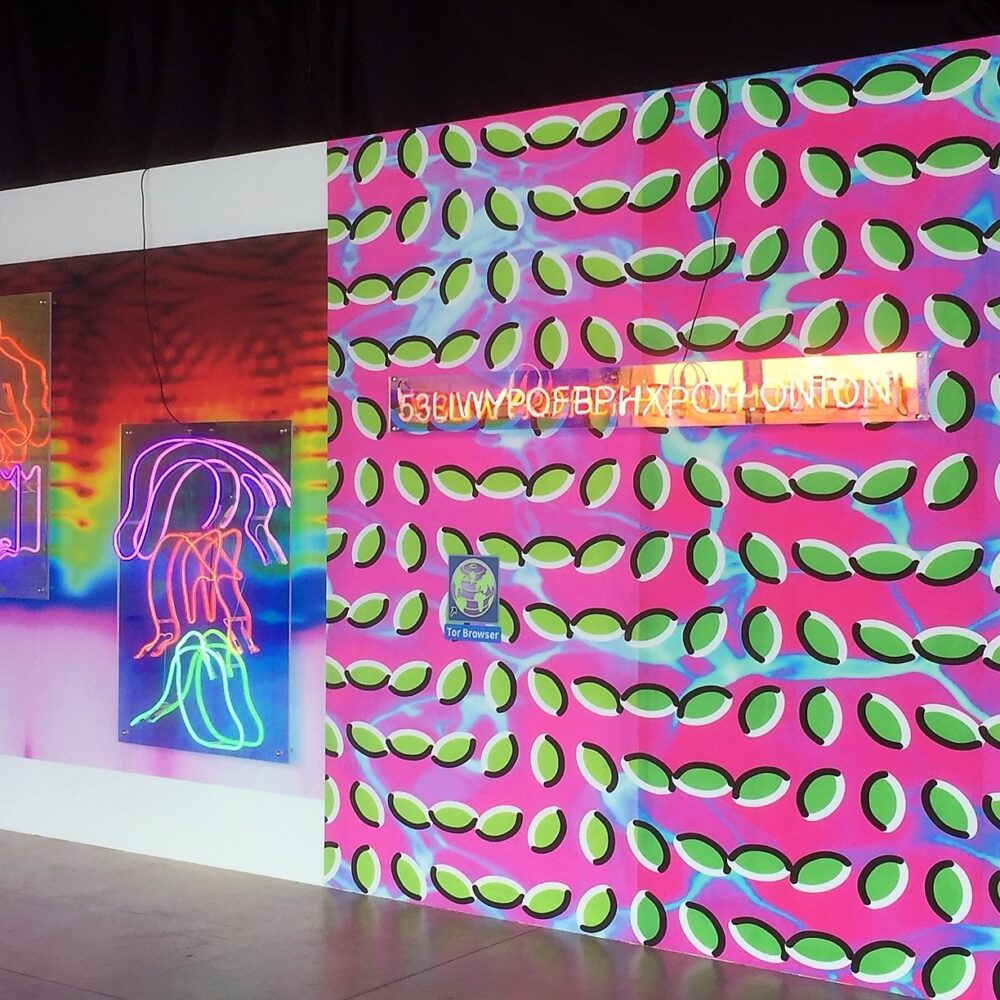Parallel waves
GASPAR BATTHA & ANDRAS NAGY
Mapping
Hexalab invites the Hungarian artists Gaspar Battha & Andras Nagy for an original audiovisual creation with four hands. This monumental projection takes shape on the 70 meters façade of the Conservatory of Aix-en-Provence.
It reveals this contemporary monument built in 2013 by the architect Kengo Kuma under an original and spectacular angle.
The title Parallel Waves refers to the tensions that the phenomenon of levitation creates on different natural phenomena such as sound or light waves, or the physical forces created by wind and gravity, which the artists play with to animate and transform the façade. In doing so, the artists question our perceptions of reality, often apprehended through a screen rather than through direct sensory experience.

Share this event on social networks
Artists
Gaspar Battha (HU)
Gaspar Battha was born in Budapest (Hungary) and partly grew up in Bergen (Norway). He later moved to Vienna (Austria) and Berlin (Germany) to follow new media studies and graduated with a master’s degree in art and media at the University of Arts in Berlin.
Ever since he’s been working as a freelance art director, motion designer and media artist. With his network of freelancers and companies, he has produced art projects and has worked on the development of multimedia museums, exhibitions and product launch events around the world.
Since 2014 he is also a guest lecturer at the University of Arts in Berlin.
András Nagy (HU)
András László Nagy was born in Budapest. He studied visual arts and classical music hoping to find the best possible way to combine the two.
He made several audio-visual installations and performances, and was invited to jurying and represent TouchDesigner in the Moscow Art Vision festival 2018.
The main focus point in his work is to find innovative visual language in the field of generative and interactive media. His unique style is well recognizable from its abstract minimalistic elements.
Credits & mentions
In partnership with Hexalab
Warning: Undefined variable $oeuvresLieesIds in /home/clients/6cd874e1a9c3606a339242af6d0db3da/sites/chroniques-biennale.org/wp-content/themes/biennale-2024/single-oeuvre.php on line 49


